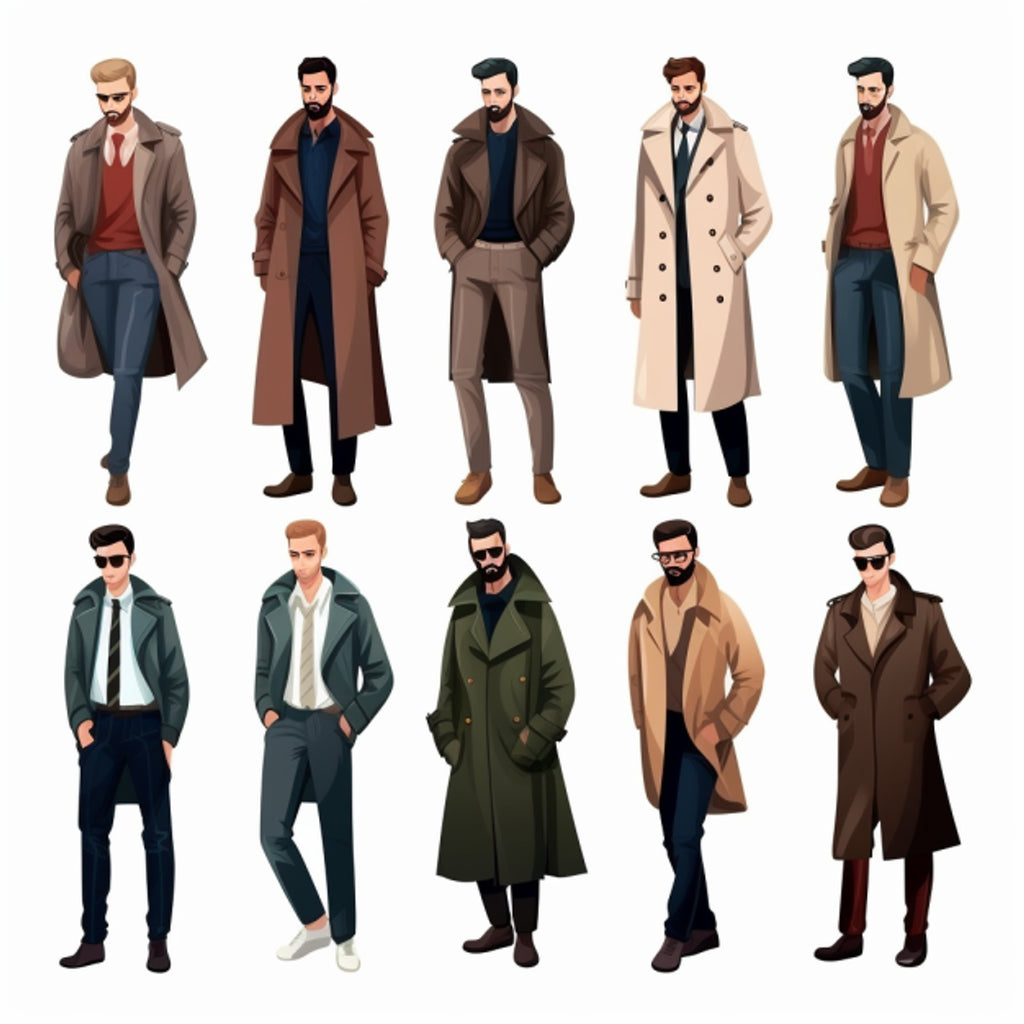What is the Difference Between a Coat and an Overcoat?

Clothing terminologies can sometimes be confusing, especially when it comes to outerwear. Two terms that are often used interchangeably but signify distinct garments are "coat" and "overcoat."
Understanding the differences between these two pieces of clothing is crucial for making informed fashion choices and staying warm in various weather conditions.
Definition of a Coat
A coat, in a general sense, refers to any outer garment that covers the upper body and arms. Coats come in various styles, lengths, and materials, making them versatile for different occasions and seasons. They can be lightweight and suitable for milder weather or heavy and insulated for colder climates. The term "coat" is a broad category encompassing a range of styles, including peacoats, trench coats, duffel coats, and more.
Features of a Coat
Length: Coats can vary in length, ranging from hip-length to knee-length. The length often depends on the intended purpose and style of the coat. Shorter coats are more casual, while longer coats can be more formal.
Material: Coats are made from a variety of materials, including wool, cotton, polyester, and blends. The choice of material influences the coat's warmth, durability, and overall appearance.
Style: The style of a coat can differ significantly. Trench coats, for example, are characterized by their double-breasted design and belt, while peacoats typically have a shorter length and broad lapels.
Definition of an Overcoat
An overcoat is a specific type of coat designed for colder weather. Unlike a regular coat, an overcoat is intended to be worn over suits or other formal wear. It is typically longer, reaching below the knee, and is crafted from heavier materials to provide additional warmth.
Features of an Overcoat
Length: The defining characteristic of an overcoat is its length, extending well below the waist and often reaching the ankles. This longer length is designed to offer more coverage and insulation.
Material: Overcoats are commonly made from heavy fabrics such as wool or cashmere. These materials provide the necessary warmth for colder temperatures and are often tailored for a sleek and sophisticated look.
Purpose: Overcoats are considered more formal and are often worn as part of a business or formal attire. They are not typically chosen for casual or everyday wear but are reserved for occasions where a polished and refined appearance is desired.
Conclusion
In summary, while the terms "coat" and "overcoat" are often used interchangeably, they refer to distinct outerwear garments with differences in length, material, and intended purpose. A coat is a broad category encompassing various styles suitable for different weather conditions, while an overcoat is a specific type of formal coat designed for colder climates.
Understanding these distinctions allows individuals to make more informed choices when selecting outerwear for different occasions, ensuring both style and functionality are considered. Whether opting for a versatile coat or a more formal overcoat, the key is to align the choice with the specific requirements of the weather and the desired level of formality.
























